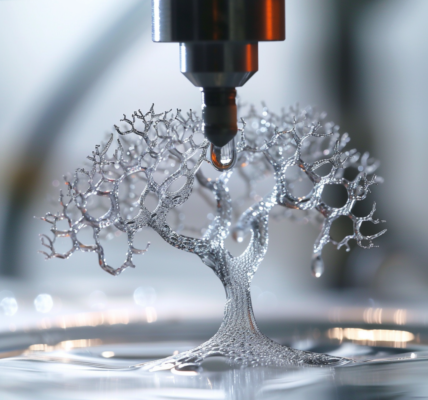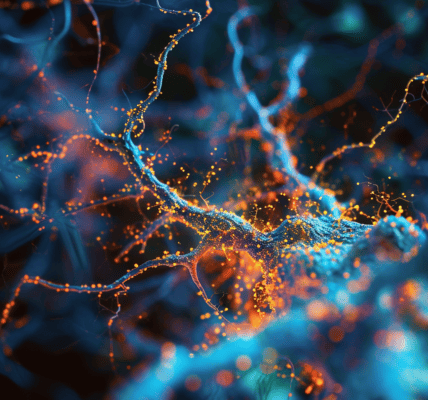Recent research from WEHI and La Trobe University has uncovered a promising potential for extracellular vesicles (EVs) in the realm of cancer biomarker detection, especially in relation to tissue damage caused by blood cancers and other diseases like leukemia. This groundbreaking study, published in the journal Nature Communications, highlights a significant correlation between EV levels in the bloodstream and the extent of tissue damage, marking a crucial step forward in the early detection and treatment of such ailments.
Extracellular vesicles are nano-sized particles enveloped in a lipid bilayer that are naturally released by cells. They play a vital role in cellular communication by transporting important materials between cells. The research conducted on mice provides new insights into how these vesicles can potentially serve as indicators of tissue health, particularly in the context of malignant conditions.
The study, titled “In situ visualization of endothelial cell-derived extracellular vesicle formation in steady state and malignant conditions,” delves into the mechanisms by which endothelial cells—crucial components of blood vessels—respond to various stressors. The researchers noted that endothelial cells are constantly subjected to molecular factors and shear forces that can lead to cellular damage. Despite their importance, the processes by which these cells eliminate unwanted contents have remained largely ambiguous.
One key discovery from the research is that large extracellular vesicles are generated as a mechanism for clearing cellular waste from dying or stressed cells. The team employed intravital microscopy techniques to observe the formation of EVs from endothelial cells in real-time, both under normal (homeostatic) conditions and in the presence of malignancies.
The findings revealed that these large EVs are rich in mitochondria and carry the ‘eat me’ signal, known as phosphatidylserine, which facilitates their interaction with immune cells. This interaction suggests a potential pathway for the immune system to recognize and clear damaged cells from the body.
By monitoring the levels of EVs in the bloodstream, researchers believe that it may be possible to gain direct insights into the degree of tissue damage occurring within the body. This information could prove invaluable in enhancing our understanding of disease progression and improving diagnostic methods for various conditions, especially blood cancers.
Despite the promising implications of this research, studying the formation of EVs and their relationship to disease progression poses significant challenges due to their minuscule size. Many existing studies have relied on a “cells-in-a-dish” methodology, which limits the understanding of EV dynamics in living organisms. However, the innovative approach taken by the researchers at WEHI and La Trobe University has successfully addressed these limitations, paving the way for further exploration in this vital area of biomedical research.
As the medical community continues to seek more effective biomarkers for early detection of diseases, the role of extracellular vesicles may become increasingly prominent. Further studies are anticipated to explore the clinical applications of EV monitoring in patients, potentially leading to more personalized and timely interventions for individuals suffering from blood cancers and other related conditions.
In summary, the research highlights the potential of extracellular vesicles as a novel biomarker for assessing tissue damage and disease progression. With ongoing advancements in imaging techniques and a deeper understanding of EV biology, there is hope for significant breakthroughs in the early detection and treatment of cancer and other critical health issues.





